- Newest
- Most viewed
Interested in a Link Placement?
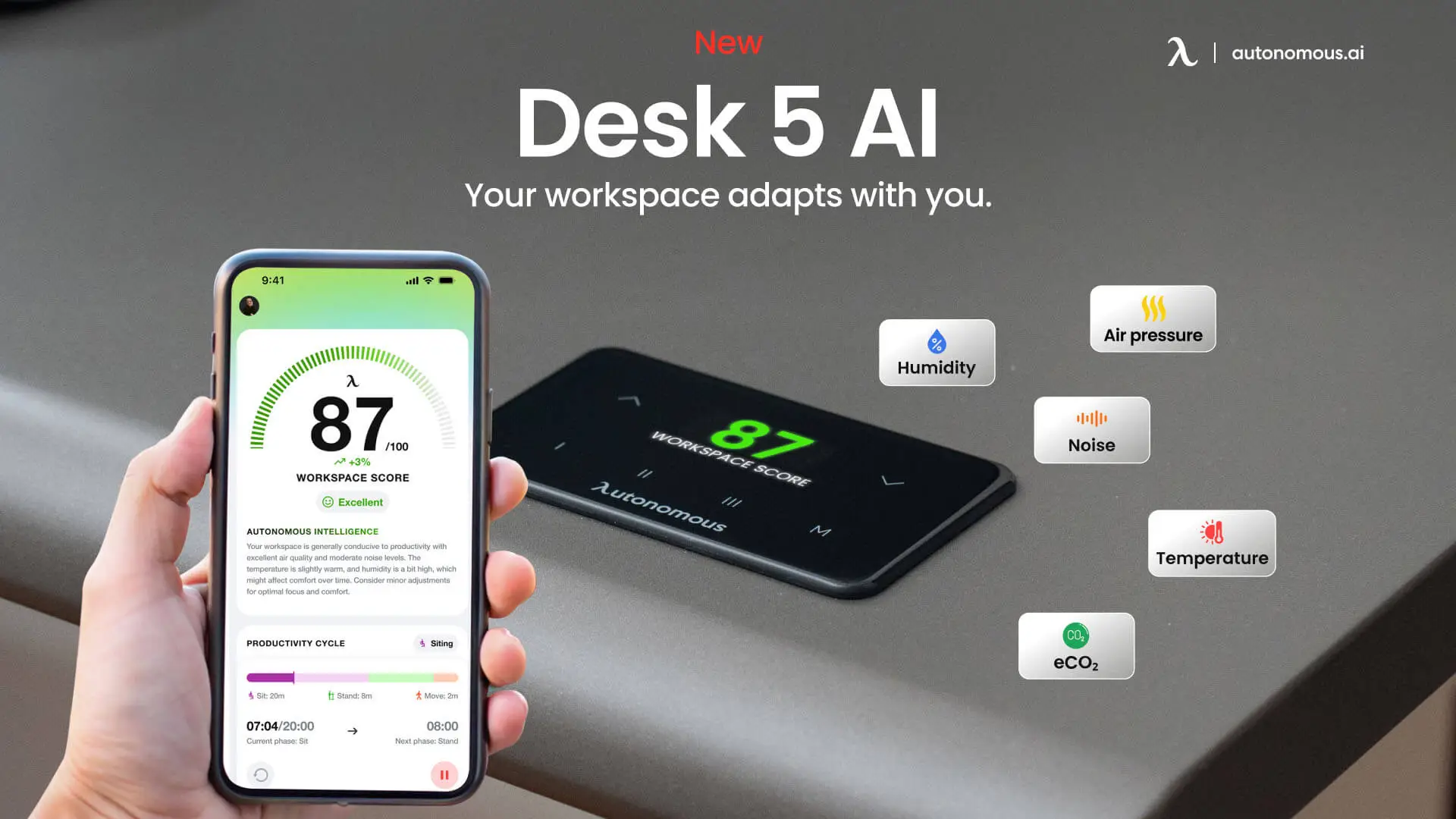
Autonomous Desk 5 AI: An Intelligent Desk Built Around Awareness
An intelligent desk uses built-in sensors to track workspace conditions and movement, helping users understand how their setup affects how they feel.
Latest Updates | Jan 19, 2026 615 views

How Much Is the Aritzia Employee Discount in 2026?
Latest Updates | Jan 21, 2026 695 views
.webp)
Office Humidity Levels: What’s Acceptable and What’s Ideal?
Work Wellness | Jan 20, 2026 164 views
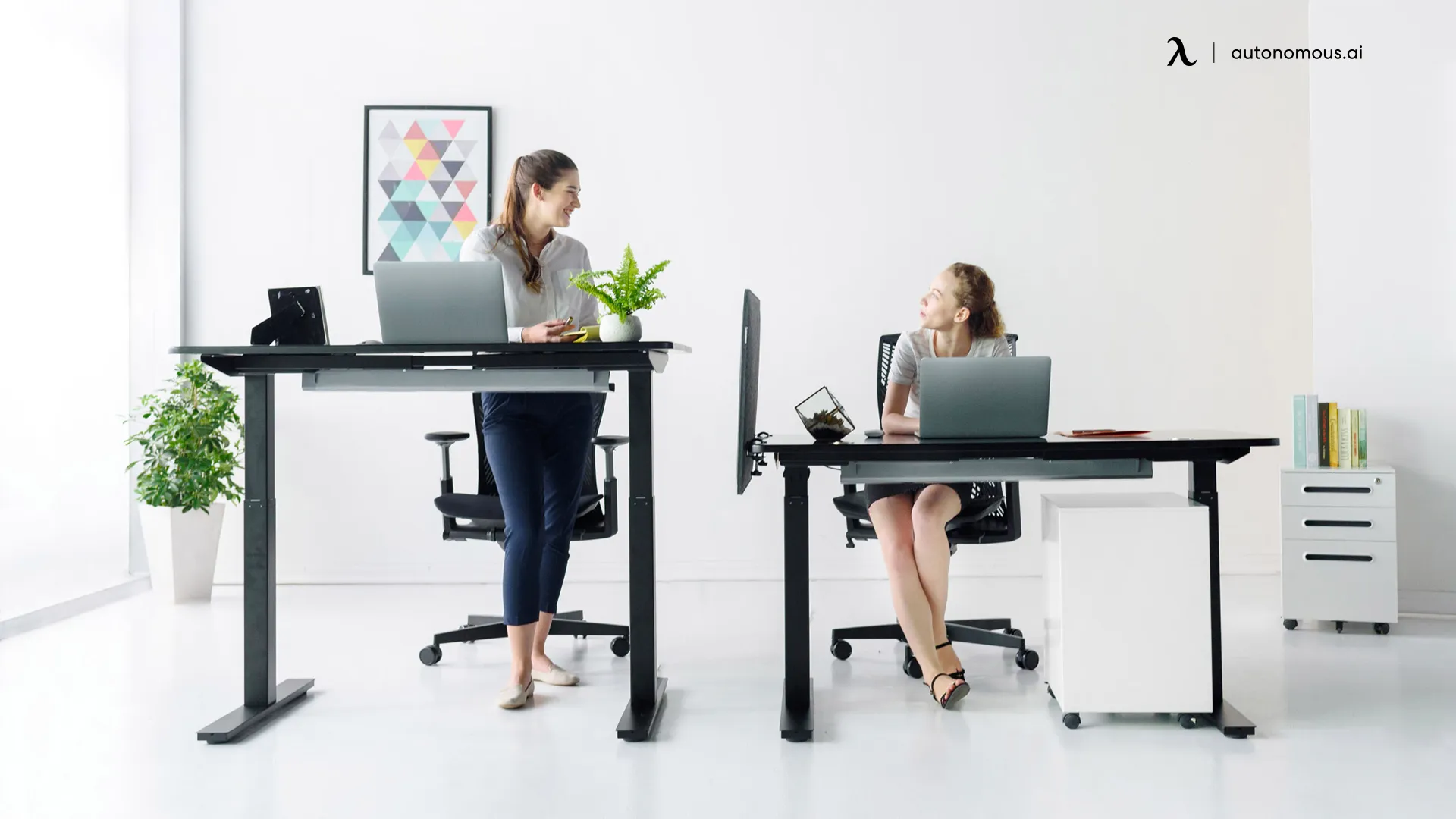
Why Office Air Quality Deserves More Attention
Work Wellness | Jan 19, 2026 879 views

Pilates Chairs: What They Do & How to Choose One
Latest Updates | Jan 20, 2026 611 views
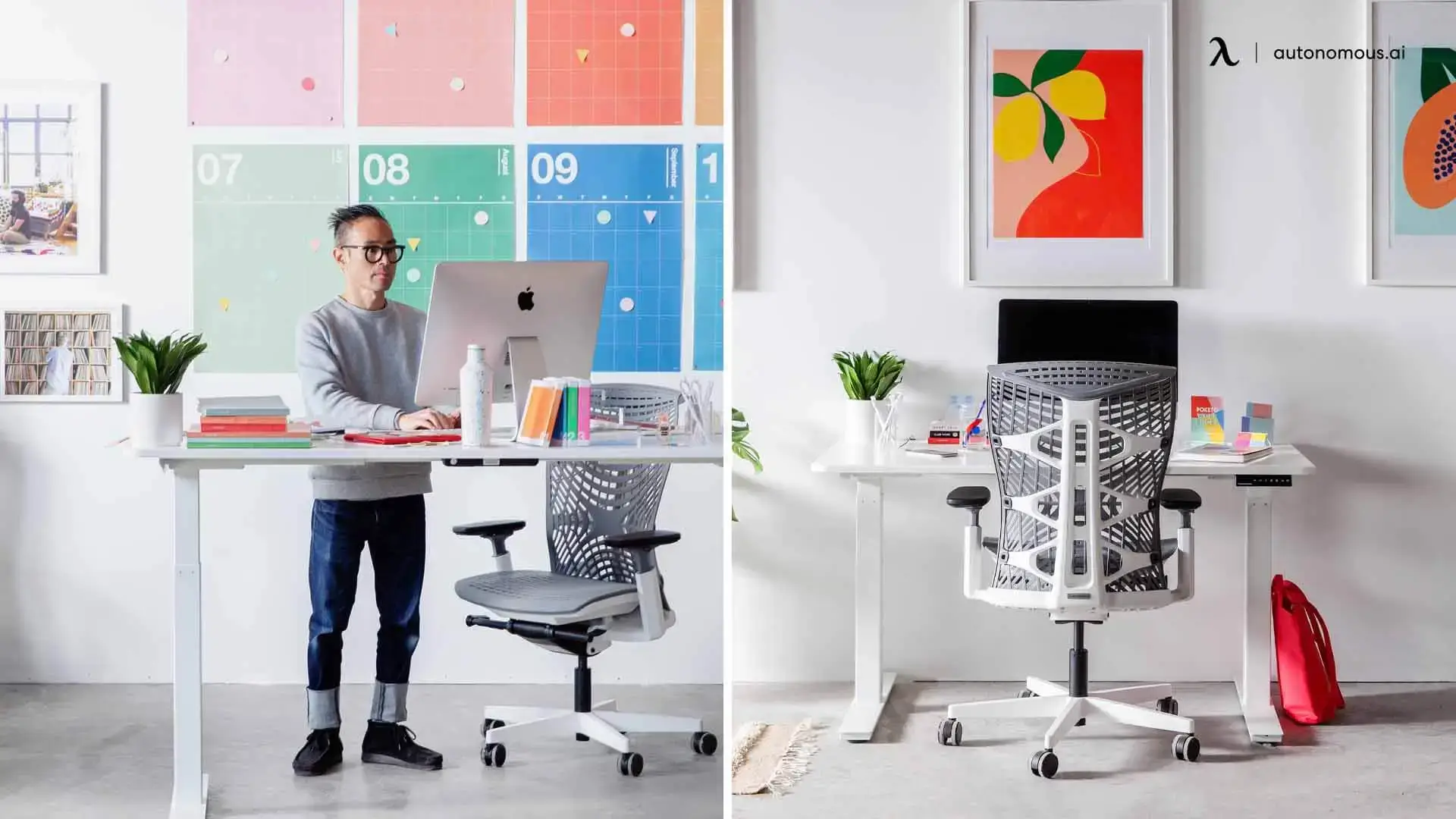
DTLR Employee Discount: How Much It Is and How to Use
Latest Updates | Jan 18, 2026 702 views
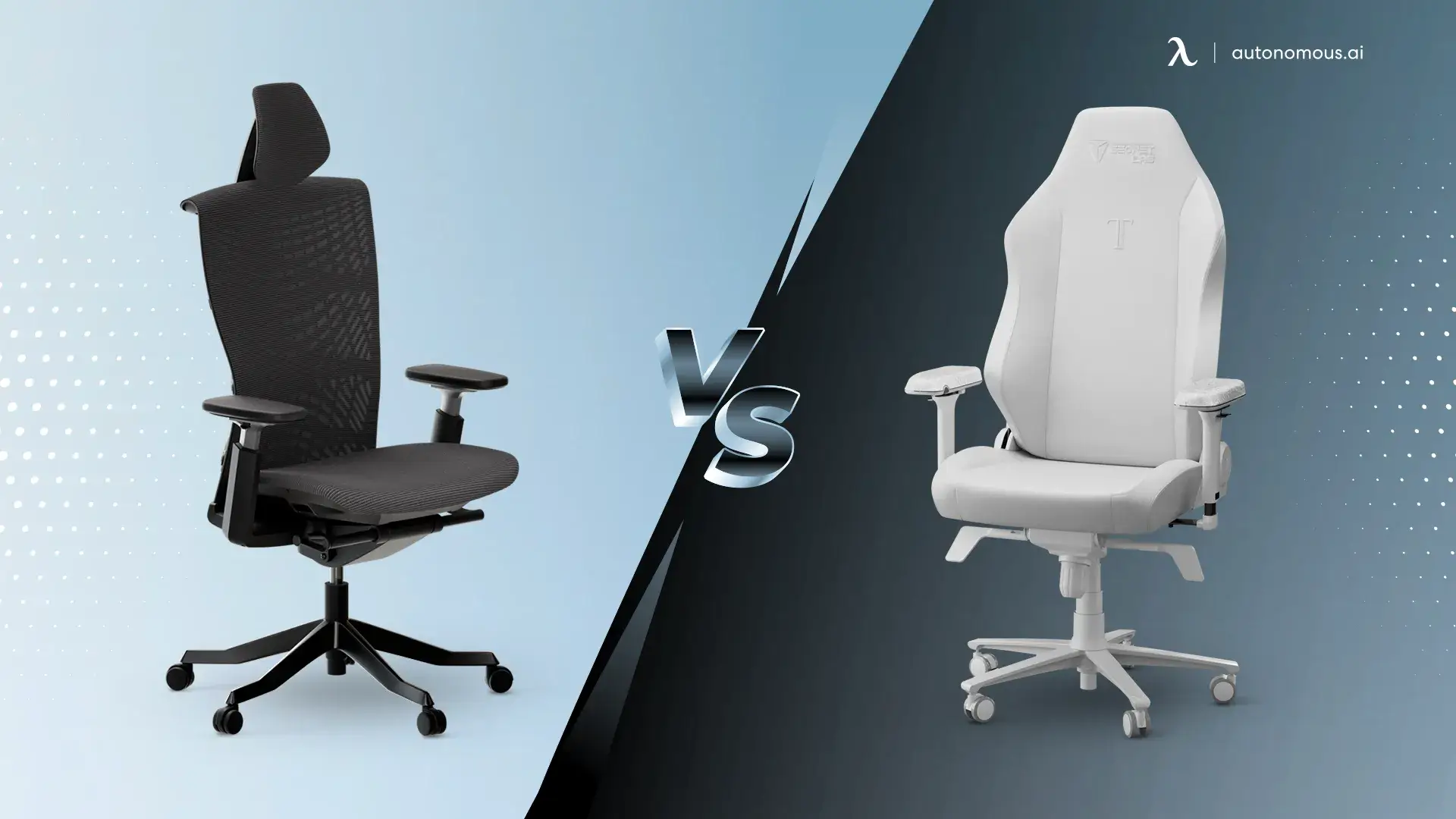
Is the Secretlab Titan Evo NanoGen Gaming Chair Comfortable for Long Sitting?
Gaming Setup | Jan 17, 2026 136 views

How to Lose Weight With PCOS When You Work at a Desk
Work Wellness | Jan 16, 2026 402 views

Is the Secretlab MAGNUS Pro Standing Desk Worth It?
Smart Products | Jan 13, 2026 929 views

The Humanoid Paradox: Why We Build Machines in Our Image (Despite the Flaws)
Latest Updates | Jan 15, 2026 635 views
.webp)
Is a Zero-Gravity Chair Ergonomic?
Smart Products | Jan 15, 2026 949 views
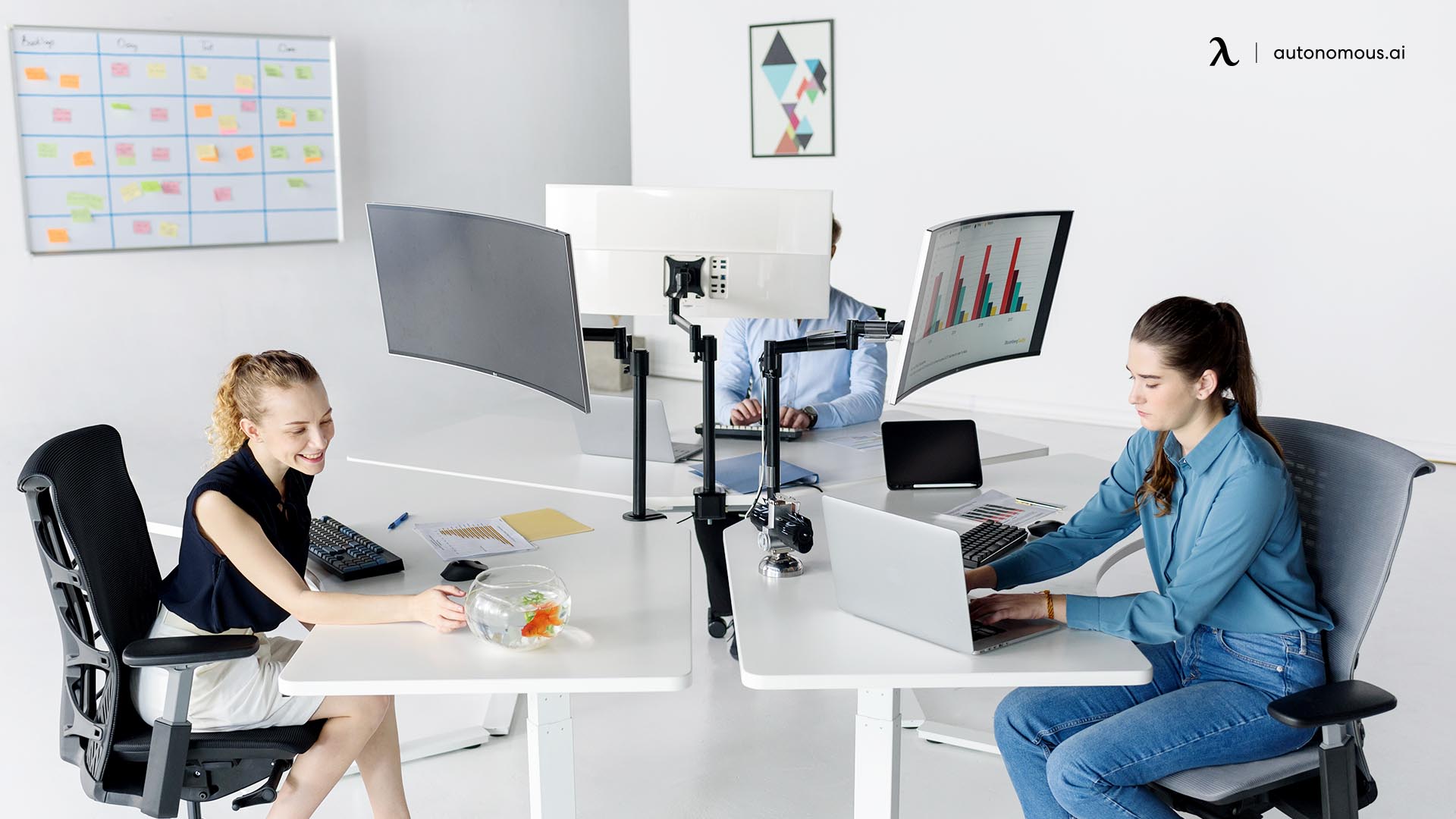
Hibbett Employee Discount Guide: What You Should Know
Latest Updates | Jan 14, 2026 695 views
.svg)
